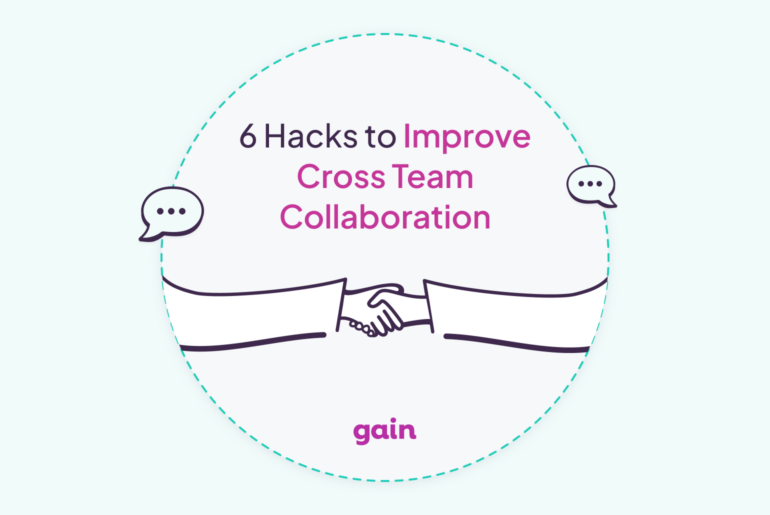Everyone fails at something at some point or another. It’s not a question of if it will happen, but when. The important thing is to learn how to navigate failure and to make the best of it, especially when you are working as a team.
Failure can be a valuable teacher. It can push you to reexamine your assumptions, analyze your processes and pipelines, get creative with new strategies, and make changes for the better.
And though it’s easy to agree that failure can lead to organizational improvements, that doesn’t make it any easier to handle in the moment.
For agencies, failure can mean angry clients or even losing an account. Especially in those cases, you might want to blame one team member or one mistake, but it’s important to remain a team. Here are a few tips to help your team make the most of failure together.
1. Unite your team
The first reaction to failure is usually to do damage control. Depending on the type and magnitude of the mistake, this could involve taking down a post, making a statement of apology, or publishing a correction. The important thing to remember with a public failure is to take ownership and present a united front as a team.
Everyone should understand what the company position is, what steps are being taken to address the mistake, and how to work together to make those happen.
Uniting your team does two things. First, it helps reduce reputation damage by resolving the most immediate problems quickly. Second, it brings everyone together around a common, productive goal. On a personal level, failure often produces emotional reactions. Therefore, channeling the collective attention and energy into resolving the issue keeps things from getting personal.
2. Avoid the blame game
You won’t gain anything by playing the blame game, and defining pain points by the people who contributed to them divides your team into the guilty and the innocent. Presenting a united front externally is important, but equally as important is acting as a team internally. The way that you react to failure can unite or divide your team.
A divided team will struggle to work together efficiently and effectively, and after a misstep you need your team at its best. So instead, reframe your approach. Cultivate trust and transparency on your team so that when someone makes a mistake, they admit it and the team reaction is understanding and forward-thinking.
Human error is a reality, but it is often a result of disorganized processes, rushed actions, or erroneous conclusions. And while eliminating all human error is an impossible goal, improving systems to reduce opportunities for mistakes can make a huge difference.
3. Figure out your failure
Setting up any campaign is a collaborative process, and addressing a failed campaign should be equally as collaborative. After handling the most immediate issues, bring your team together to examine what went wrong and why.
Though it may be a bit painful at first, this is a great opportunity for your team to check egos and question assumptions. With each failure, you’ll become more resilient, so that the next time around (because there will be a next time) the process becomes more manageable.
Start with the most obvious mistakes and work backward to figure out what factors contributed to them.
Here are a few questions your team could discuss:
- What were you hoping to achieve? Where did you miss the mark?
- How did the campaign align with your overall marketing plan?
- Were your goals and KPIs too ambitious?
- Did your data provide the most useful metrics?
- How did you use your budget?
- Do you need to consolidate or expand media used?
- What missing information would have led to better decisions?
While the team is working together to analyze the factors that led to failure, don’t forget to take some time also to highlight the things that went well. Celebrating your wins (even small ones) will help boost morale and productivity.
4. Make a plan of action
After highlighting the pain points, make a plan of action. Determine what needs to be done and who is going to do it, and implement interdepartmental checks to avoid future errors. Make sure to designate responsibilities, define specific goals for the changes you make, and set clear deadlines to use your new knowledge for the next campaign. Document this plan as well so if anyone is confused on next steps, they have something to refer to in order to understand what to do.
Marketing is a dynamic industry, so even a successful strategy will need updating at some point. Take advantage of the opportunity to get creative. You could consider adding or reordering steps in your processes, adjusting your campaign timing strategies, or polling your best clients to find out what didn’t work for them.
5. Put your plan into practice
Now that your team has defined a plan, put it into practice, and see what happens. Hopefully, all the hard work pays off and your next campaign will be a success. If not, your team can handle it.






